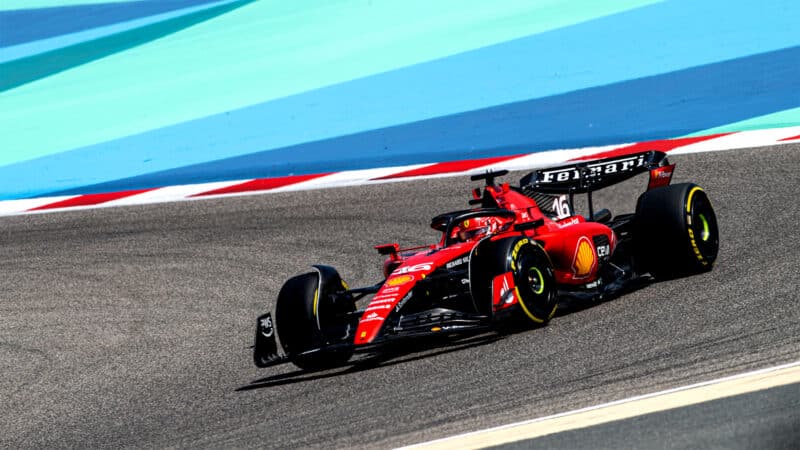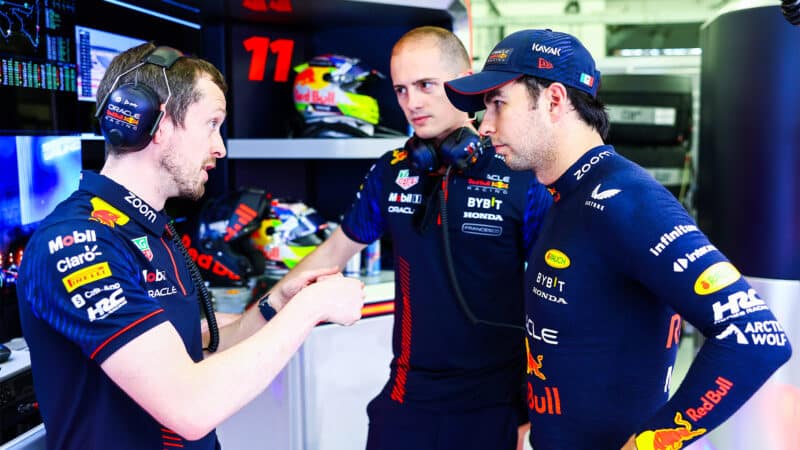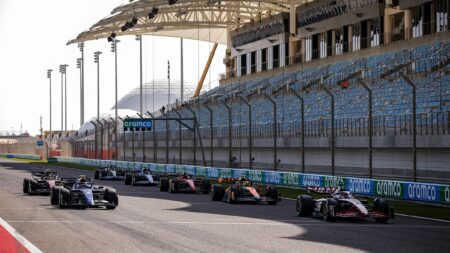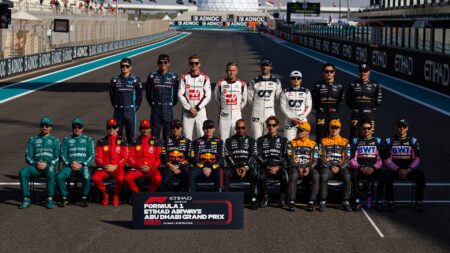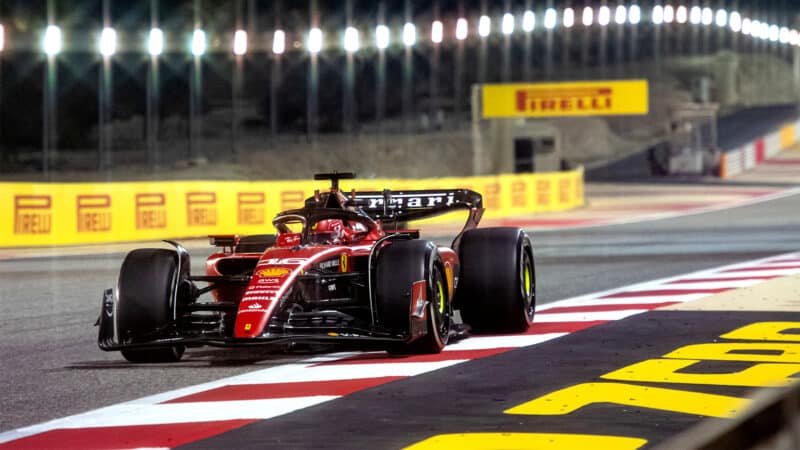Finding a drivable base set-up for the new car is one of the most crucial tasks, because each car will have a wide range of set-up options. Getting a baseline that works as a consistent starting point can be as simple as one relatively short run of pushing laps — not even reaching double figures — but that tends to come when a car is more familiar and an evolution of its predecessor. For heavily changed designs, it can take multiple days to find a baseline set-up, and in some cases teams will end the test without a certain outcome on that front.
While that work is going on, teams are also busy behind the scenes tackling items that relate to the car being on track but don’t actually focus on the car’s behaviour. Systems need to be correlated between the car and the garage, ensuring track data is accurate and the car can be monitored effectively.
The power unit manufacturer will also have a long checklist in terms of data transfer and performance, understanding how the power unit is operating within a new chassis and whether there are any overheating issues, for example.
The latter can include understanding the impact of different cooling options both on the power unit but also aerodynamically, but that is a specific test item for a very busy aerodynamics team. Constant speed tests and using aero rakes (the cheese-grater like devices hanging off various parts of the car) tend to only be allowed at agreed times at the start of a day’s running, but are crucial to correlate how the theoretical wind tunnel data matches up to reality on track.
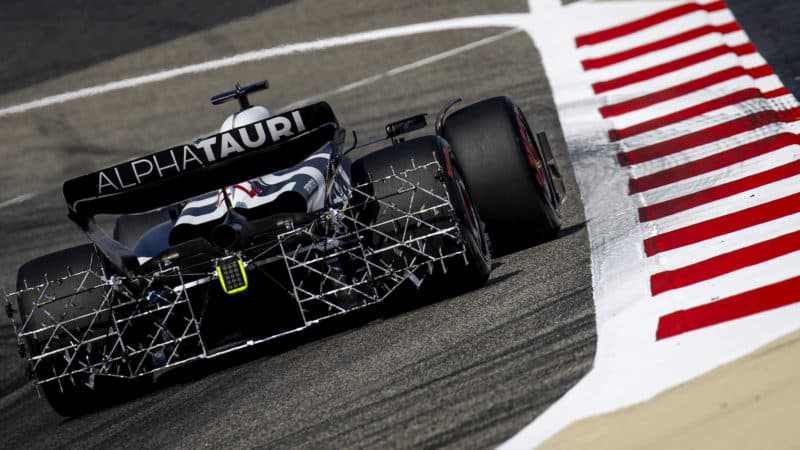
Aero rakes (pictured above) and the like are expected to make several appearances throughout Bahrain’s three-day test
Sen van der Wal/ANP via Getty Images
Other high-priority items might seem mundane but are crucial to ensuring teams avoid penalties or unwanted surprises at certain tracks. The pit lane speed limiter is tested, the maximum steering wheel lock, and how much the car weighs when it is fully assembled and running are also logged. Taking it a step further, teams will then check the car does not exceed any legality limits when set-up parameters are changed in search of more track-specific performance.
Along the same lines, the FIA has systems that need checking and these tend to happen at the end of each session of running. Starting procedures, aborted starts, VSC periods — these are checked even without anything changing from the previous year, but any new items also tend to get a run-through.
